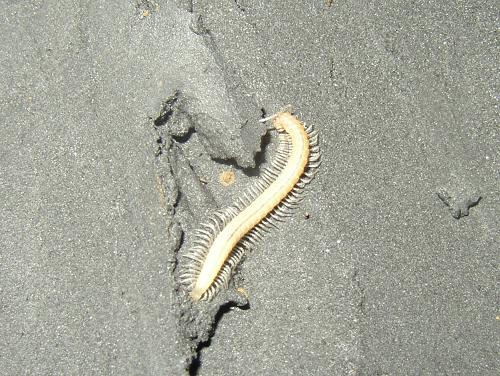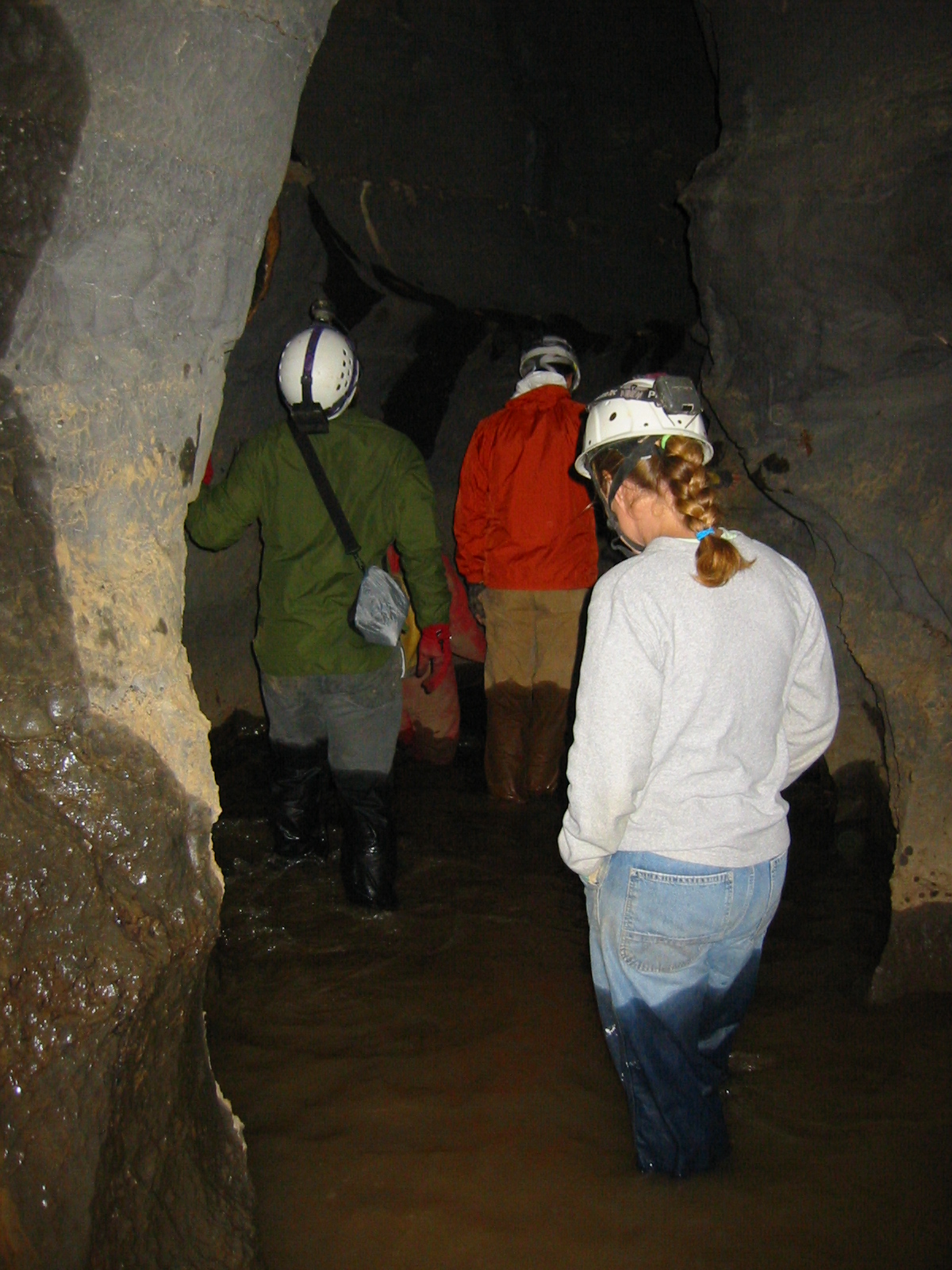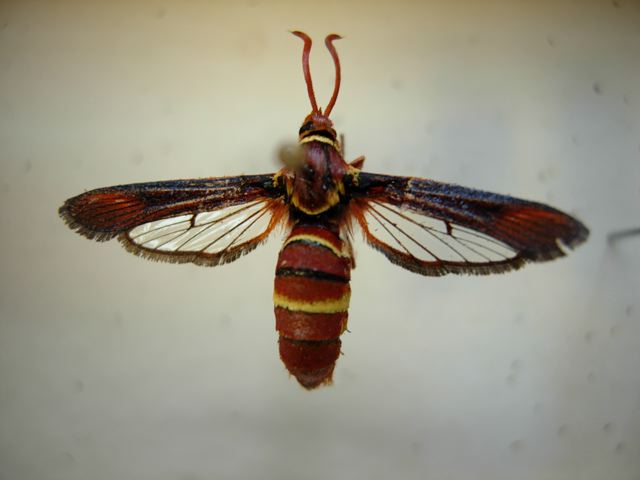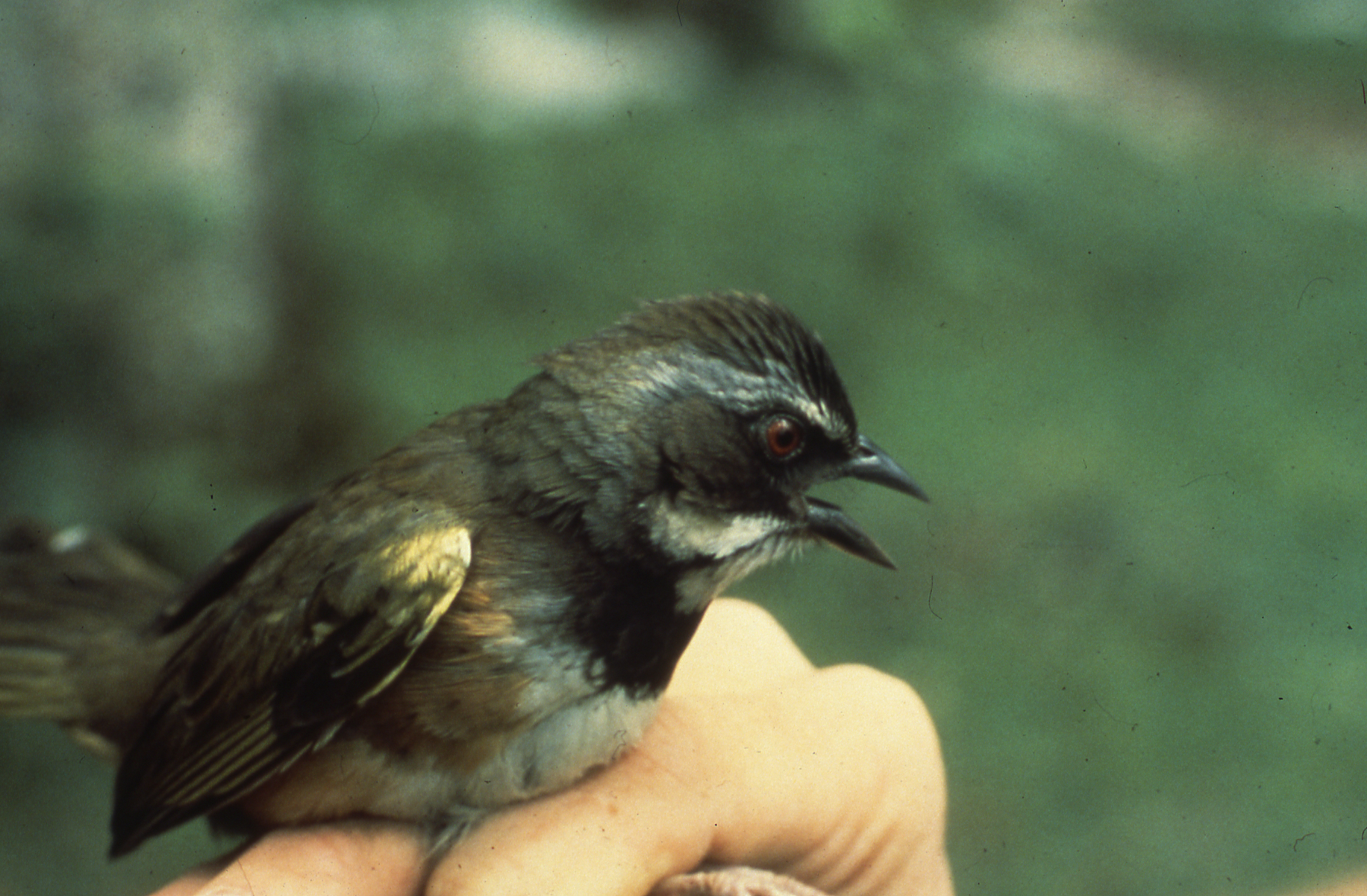Lab Focus
My research involves meshing field research with theoretical models to address critical questions in ecology and conservation biology. I believe that ecological theory will be strengthened if it is forced to help solve real-world problems, and that conservation biology involves difficult choices that demand quantitative approaches.
Research Areas
Selected Recent Publications *
- Fagan, W.F., F. McBride, and L. Koralov. 2023. Reinforced diffusions as models of memory-mediated animal movement. Journal of the Royal Society: Interface.20, p.20220700.
- Fagan, W.F., et al. 2022. Quantifying interdependencies in geyser eruptions at the Upper Geyser Basin, Yellowstone National Park. Journal of Geophysical Research – Solid Earth. 127, e2021JB023749.
- Fagan, W.F., C. Saborio, T. Hoffman, E. Gurarie, R. S. Cantrell, and C. Cosner. 2022. What’s in a resource gradient ? Exploring alternative cues for foraging in dynamic environments via movement, perception, and memory. Theoretical Ecology. 15: 267-282.
- Rappoport, D., A. Swain, W.F. Fagan, R. Dubayah, and D.C. Morton. 2022. Animal soundscapes reveal key markers of Amazon forest degradation from fire and logging. Proceedings of the National Academy of Sciences, USA. 119: e2102878119.
- Zambrano, J., G. Arellano, N.G. Swenson, P.P.A. Staniczenko, J. Thompson, and W.F. Fagan. 2022. Analyses of three‐dimensional species associations reveal departures from neutrality in a tropical forest. Ecology. 103: e3681.
- Swain, A., L. Fussell, and W.F. Fagan. 2022. Higher-order effects, continuous species interactions, and trait evolution shape microbial spatial dynamics. Proceedings of the National Academy of Sciences, USA. 119 (1).
- Mainali, K., E. Slud, M. Singer, and W. F. Fagan. 2022. A better index for analysis of co-occurrence and similarity. Science Advances. 8(4), p.eabj9204.
- Mallon, J., K. Bildstein, and W.F. Fagan. 2021. Inclement weather forces stopovers and prevents migratory progress for obligate soaring migrants. Movement Ecology. 9, no. 1 (2021): 1-9
- Lewis, M.A., W.F. Fagan, M. Auger-Méthé, J. Frair, J.M. Fryxell, C. Gros, E. Gurarie, S. Healy, J.A. Merkle. 2021. Learning and animal movement. Frontiers in Ecology and Evolution. 9, 681704.
- Lin, H.-Y., W.F. Fagan, and P.-E. Jabin. 2021. Memory-driven movement model for periodic migrations. Journal of Theoretical Biology. 508, p.110486.
- Martinez-Garcia, R., C. H. Fleming, R. Seppelt, W. F. Fagan, and J. M. Calabrese. 2020. How range residency and long-range perception change encounter rates. Journal of Theoretical Biology. p.110267.
- Barry, T., E. Gurarie, F. Cheraghi, I. Kojola, and W.F. Fagan. 2020. Does dispersal make the heart grow bolder? Variation in habitat selection across wolf life history. Animal Behavior, 166, pp.219-231.
- Mainali, K., T. Hefley, L. Ries, and W.F. Fagan. 2020. Matching expert range maps with species distribution model predictions. Conservation Biology. 34(5), pp.1292-1304.
- Thompson, P., W.F. Fagan, and P.P.A. Staniczenko. 2020. Predictor species: Improving assessments of rare species occurrence by modeling environmental co-responses. Ecology and Evolution. 10: 3293-3304.
- Che-Castaldo, C., C. Crisafulli, J.G. Bishop, E.F. Zipkin, and W.F. Fagan. 2019. Disentangling herbivore impacts in primary succession by refocusing the plant stress and vigor hypotheses on phenology. Ecological Monographs. p.e01389.
- Fagan, W. F., T. Hoffman, D. Dahiya, E. Gurarie, S. Cantrell, and C. Cosner. 2019. Improved foraging by switching between diffusion and advection: Benefits from movement that depends on spatial context. Theoretical Ecology. p 1-10.
- Swain, A., and W.F. Fagan. 2019. Group size and decision-making: Experimental evidence for Minority Games in fish behavior. Animal Behavior. 155: 9-19.
- Noonan, M.J., M.A. Tucker, C.H. Fleming, …52 other coauthors …, W.F. Fagan, T. Mueller, and J.M. Calabrese. 2019. A comprehensive analysis of autocorrelation and bias in home range estimation. Ecological Monographs. 89: p.e01344.
- Bewick, S., P. Staniczenko, B. Li, D. Karig, and W.F. Fagan. 2017. Invasion speeds in microbial systems with toxin production and quorum sensing. Journal of Theoretical Biology. 420: 290-303.
- Fagan, W. F., E. Gurarie, S. Bewick, A. Howard, S. Cantrell, and C. Cosner. 2017. Perceptual ranges, information gathering, and foraging success in dynamic landscapes. American Naturalist. 189: 474-489.
- Zhou, J., and W.F. Fagan. 2017. A discrete time model for populations in habitats with time-varying sizes. Journal of Mathematical Biology. 1-56.
- Bewick, S., F. Agusto, J. M. Calabrese, E. J. Muturi, and W.F. Fagan. 2016. Epidemiology of La Crosse virus encephalitis emergence, Appalachia Region, United States. Emerging Infectious Diseases. 22: 1921.
- Teitelbaum, C., S. Converse, W.F. Fagan, K. Boehning-Gaese, R. O’Hara, A. Lacey, and T. Mueller. 2016. Experience drives innovation of new migration patterns of whooping cranes in response to global change. Nature Communications. 7:12793 DOI: 10.1038/ncomms12793
- Bewick, S., R.S. Cantrell, C. Cosner, and W.F. Fagan. 2016. How resource phenology affects consumer population dynamics. American Naturalist, 187: 151-166.
- Foss-Grant, A. P., E. F. Zipkin, J.T. Thorson, O. P. Jensen, and W.F. Fagan. 2016. Hierarchical analysis of phylogenetic variation in intraspecific competition across fish species. Ecology, 97:1724-1734.
- Teitelbaum, C., W.F. Fagan, C.H. Fleming, G. Dressler, J.M. Calabrese, P. Leimgruber, and T. Mueller. 2015. How far to go? Determinants of migration distance of land mammals. Ecology Letters. 18: 545-552. (Cover Article)
- Che-Castaldo, C., C. Crisafulli, J.M. Bishop, and W.F. Fagan. 2015. What causes female bias in the secondary sex-ratios of the dioecious woody shrub Salix sitchensis colonizing a primary successional landscape? American Journal of Botany. 102: 1309-1322.
- Zeigler, S. and W.F. Fagan. 2014. Transient windows for connectivity in a changing world. Movement Ecology. 2: 1.
- Martinson, H.M. and W.F. Fagan. 2014. How habitat fragmentation alters the intensity of trophic interactions: a meta-analysis of trophic disruption in arthropod food webs. Ecology Letters. 17: 1178-1189.
- Fleming, C.H., J.M. Calabrese, T. Mueller, K.A. Olson, P. Leimgruber, and W.F. Fagan. 2014. From fine-scale foraging to home ranges: A semi-variance approach to identifying movement modes across spatiotemporal scales. American Naturalist. E154-E167.
- Mueller,, T., R. O'Hara, R. Urbanek, S. Converse, and W. F. Fagan. 2013. Social learning and migratory performance. Science. doi/10.1126/science.1237139. (Cover Article)
- Fagan, W.F., M. A. Lewis, M. Auger-Méthé, T. Avgar, S. Benhamou, G. Breed, L. LaDage, U. Schlägel, W. Tang, Y. Papastamatiou, J. Forester, and T. Mueller. 2013. Spatial memory and animal movement. Ecology Letters. DOI: 10.1111/ele.12165
- Fagan, W.F., Y. Pearson, E. Larsen, J.B. Turner, H.J. Lynch, H.Staver, J. Turner, A. E. Noble, S. Bewick, and E. Goldberg. 2013. Phylogenetic prediction of the maximum per capita rate of population growth. Proceedings of the Royal Society, Series B. 280: 20130523
- Berbert, J.M., and W.F. Fagan. 2012. How the interplay between individual spatial memory and landscape persistence can generate population distribution patterns. Ecological Complexity. 12: 1-12.
- Lynch, H.J., R. Naveen, P.N. Trathan, W.F. Fagan. 2012. Spatially integrated assessment reveals widespread changes in penguin populations on the Antarctic Peninsula. Ecology 93:1367-1377.
For Dr. Bill Fagan's CV, go here.
For additional publications, go here.
For information on lab research areas, go here.
For the Timing of Mosquito Control application, go here





